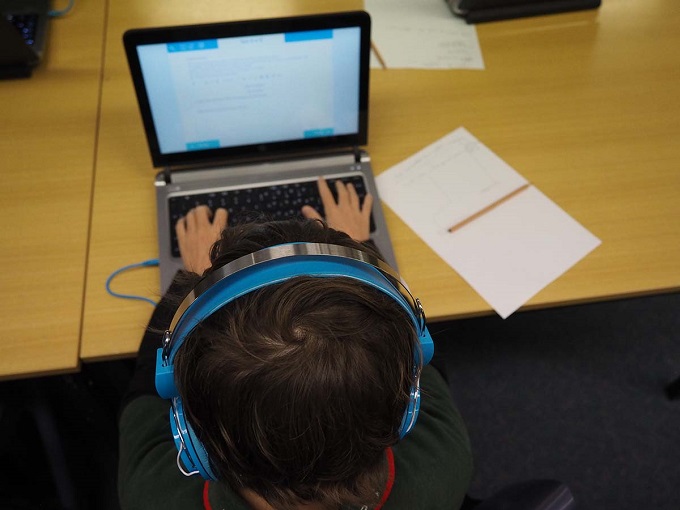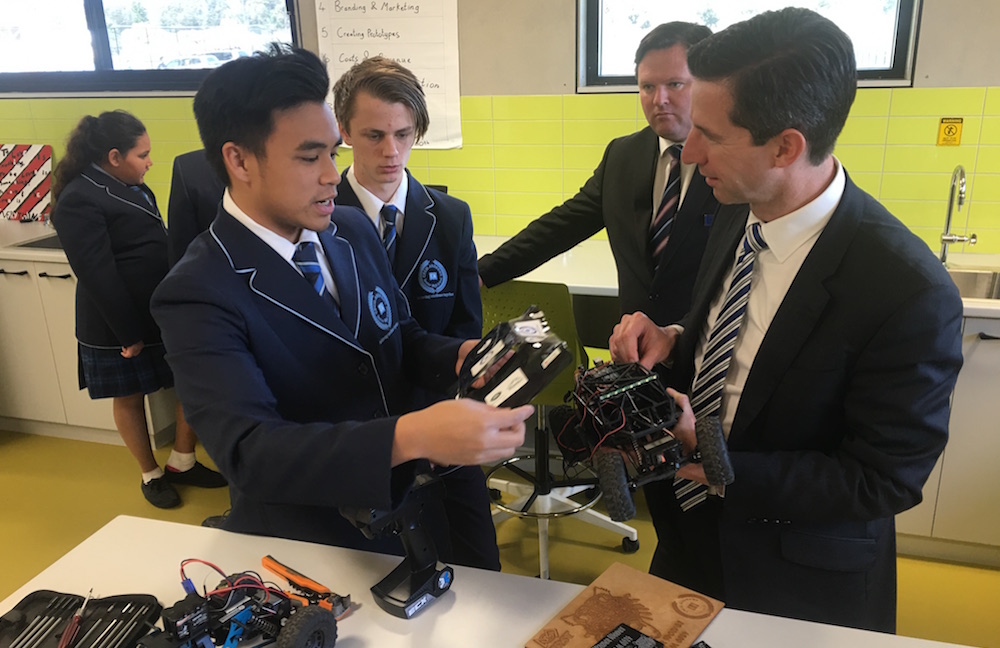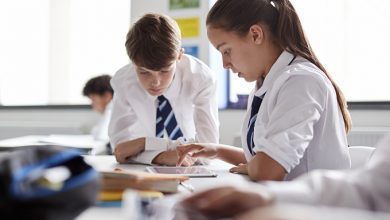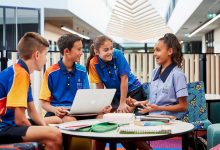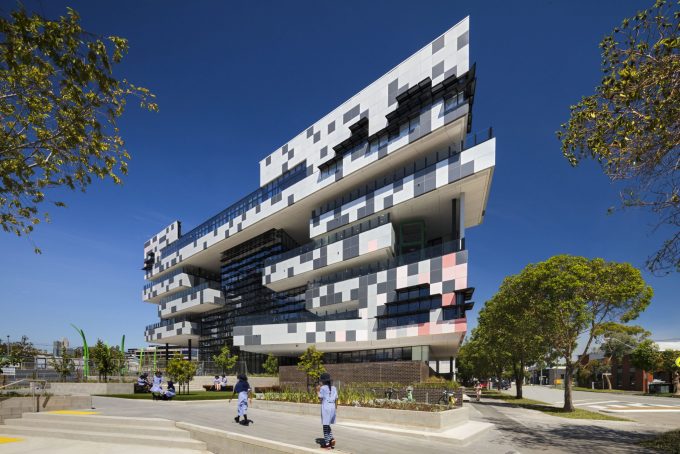Enriching the curriculum at the museum
More than understanding concepts, school museum visits can develop students creativity, curiosity, problem solving skills and much more.
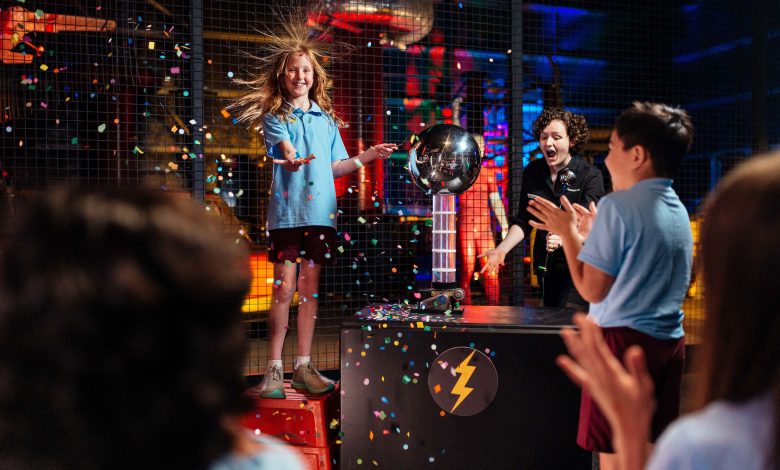
We boast a broad range of museum spaces throughout the country, dedicated to history, the arts, culture, science and technology, social sciences and more. These spaces can bring subjects to life and help to reinforce classroom learning.
Benefits of visiting the museum, though, extend beyond explicit learning and teaching, as students develop imagination and curiosity, and are inspired to become life-long learners.
Read the latest print edition of School News HERE
Museums are trusted sources of knowledge and are the authoritative source in their area. Often, specialised staff with in-depth knowledge of the subject area will be available to lead your school group. These staff will be able to curate a visit for your group, showing them the most relevant exhibits and maximising learning outcomes.
More than understanding concepts
A visit to a museum will build more than just an explicit understanding of subject matter with benefits that extend to all curriculum areas.
Museums offer plenty of opportunities for students to compare, contrast and analyse situations, which can help to develop their critical thinking skills. Comparing models of bird species, for example, students can point out similarities and differences, and infer why these exist. This process can be reinforced through conversations in the classroom, with teachers.
Historical empathy and cultural sensitivity can be fostered through museum visits, as students can explore how people lived in a different time and place. This broadens their understanding and worldview beyond their own, helping them to understand and accept people’s differences.
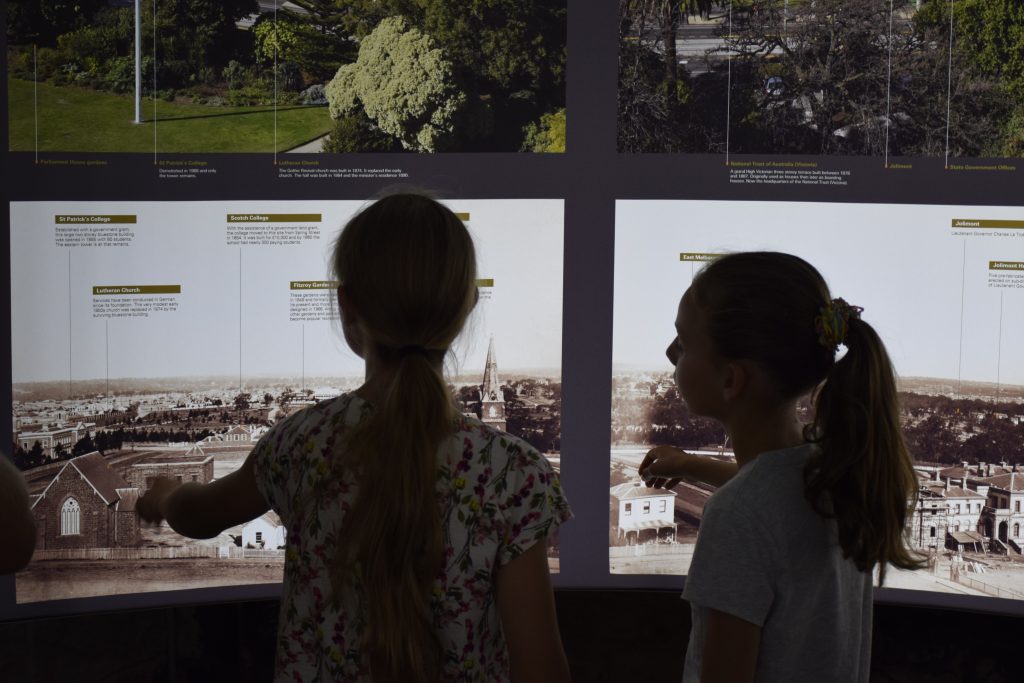
To help students learn to the best of their ability, it is important to present learning material in a variety of ways. Tactile learning – allowing students to touch, feel and interact with objects – can help link neurological pathways and create better understanding, memory, and retention. It can also help students with short attention spans to focus. Museums can provide tactile learning experiences, with some items available for interactivity.
When learners can engage directly with their learning and take a proactive approach, they retain information more readily, and can develop a longer-term interest in the topic. Allowing students to explore the museum with little or no direction will give them some agency over their learning, as they make choices about which items or experiences to pursue. Encouraging students to form their own inquiry questions, then investigate and draw conclusions can lead to strong learning outcomes.
For some students, visiting a museum is not something they would do on their own, without a school group. It might not be something that interests them, or there may be other barriers, including cost, accessibility, and time. Including a museum visit in your learning program may help introduce students to the joys of such an excursion, and leave them with the desire to return.
As with any external learning venture, a museum visit will help reinforce students’ soft skills. Students will need to respect and adhere to the site’s rules and regulations, and follow the directions of school and museum staff. As representatives of their school, students will need to behave appropriately, both in the museum and moving to and from it.
Ready to plan a museum visit?
Some providers shared with us what they offer for school groups.
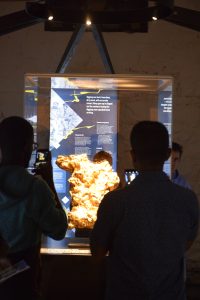
The Old Treasury Building is a unique resource for your school, providing an opportunity for students to explore history in the place where it happened. Students can visit the historic Executive Council Chamber, where for more than 160 years, the Governor of Victoria has met with Government Ministers to sign our laws.
The gold vaults showcase the structure of the building. As Melbourne was built on gold, so was the Old Treasury Building. Originally conceived as a safe and secure place for the government to store their precious metal reserves, the money it generated fuelled the creation of many extraordinary buildings, including the Old Treasury. Students enter these original gold vaults to discover the journey people took from their home countries to Victoria and the hardships and rewards it held, including the Eureka Stockade.
In the early Melbourne program, students will discuss how Melbourne evolved from early settlement to Marvellous Melbourne and expose the underbelly of how colonisation impacted the local First Nations peoples. The steps to Federation will be explored and the early years when Melbourne was the national capital, and the changes which came about including women’s rights and the fight for First Nations recognition.
In addition to the Old Treasury Building’s one-hour paid programs, extensively researched articles covering a multitude of topics are available free online.
Museums Victoria’s venues and learning experiences offer your school wondrous worlds of science, history and culture. Explore curriculum-linked programs across the museums or bring a Museum in a Van incursion direct to your school. The friendly Museum Bookings team can help you create an accessible and inspiring museum experience for your students, with opportunities across Melbourne Museum, Immigration Museum, Scienceworks, the Royal Exhibition Building and IMAX Melbourne.
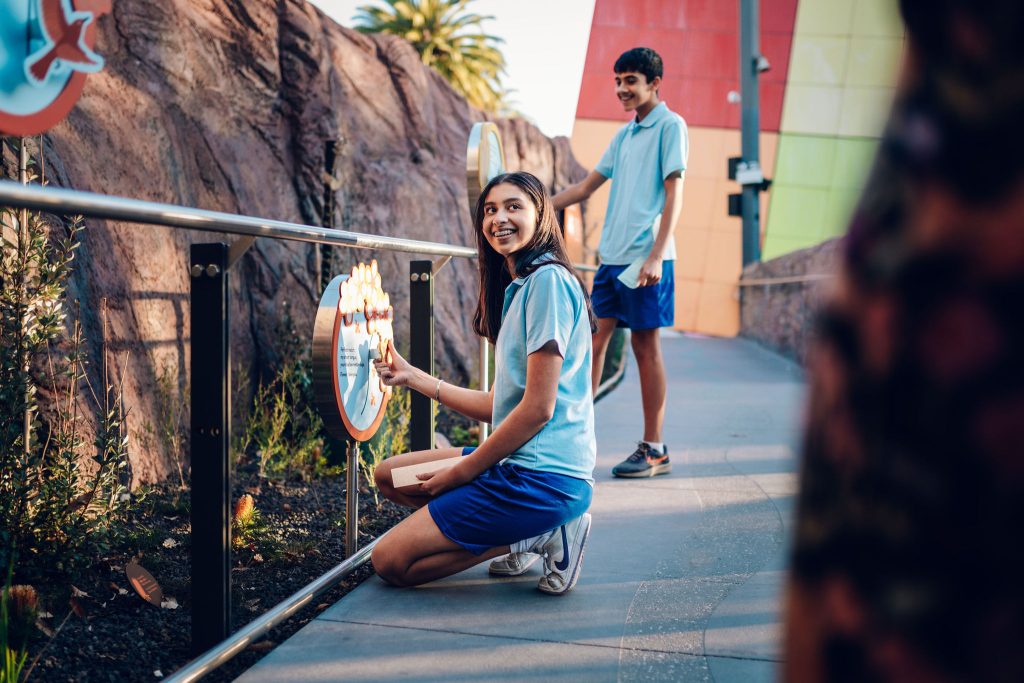
In the heart of Melbourne, plan a day at the Immigration Museum to engage students in stories of migration from the 19th century to the present day through interactive sessions and exhibitions.
Discover Scienceworks and the Melbourne Planetarium, and delight your students with the new Lightning Theatre shows offering electrifying demonstrations of energy.
There are new experiences every day at Melbourne Museum, from moments of curiosity to moments of wonder. Across from Melbourne Museum visit Melbourne’s only World Heritage site, the Royal Exhibition Building and Carlton Gardens. Your students can visit this extraordinary place to experience the rich history, art and architecture of the building and to enjoy breathtaking views of Melbourne from the iconic Dome Promenade.
Within Melbourne Museum, the Bunjilaka Aboriginal Cultural Centre tells the story of survival against the odds and celebrates the vibrant cultures of Indigenous Australia with rich traditions of performance, storytelling and artwork.

